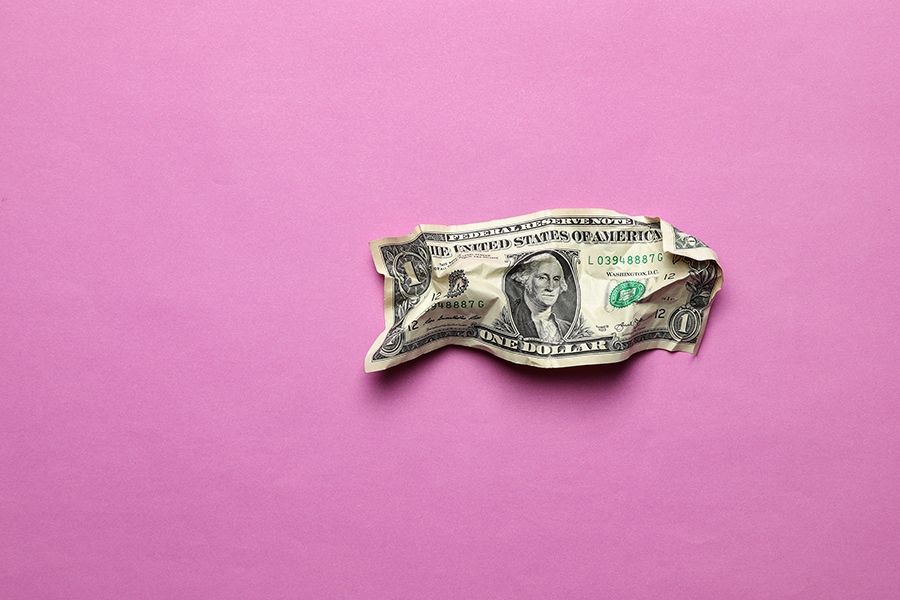
The tricky task of trying to weaken the US dollar
The context you need to understand the United States' changing approach to the dollar, and why the President would like to weaken it
 A crumpled dollar bill in New York, Jan. 30, 2018. Despite talk that the dollar was losing dominance, it has only gained stature, reinforcing President Donald Trump’s power to dictate foreign policy
A crumpled dollar bill in New York, Jan. 30, 2018. Despite talk that the dollar was losing dominance, it has only gained stature, reinforcing President Donald Trump’s power to dictate foreign policyImage: Tony Cenicola/The New York Times
The trade war between Washington and Beijing took an unexpected turn this week as China let its currency drop sharply and the United States responded by officially designating the country a currency manipulator.
The confrontation underscored the Trump administration’s focus on weakness in foreign currencies — and the corresponding strength of the dollar — as a drag on the U.S. economy.
Now, investors are gaming out the prospect that the United States could actively intervene in the financial markets, in a significant break from a decadeslong commitment to free-floating currencies.
“It’s a big deal because I think it would mark a new sort of phase in how the U.S. approaches the international economy,” said Michael Feroli, chief U.S. economist with JPMorgan Chase.
But while the president might want a weaker dollar, engineering one is complicated. Here’s the context you need to understand the United States’ changing approach to the dollar.
Why would the U.S. benefit from a weaker dollar?
©2019 New York Times News Service














